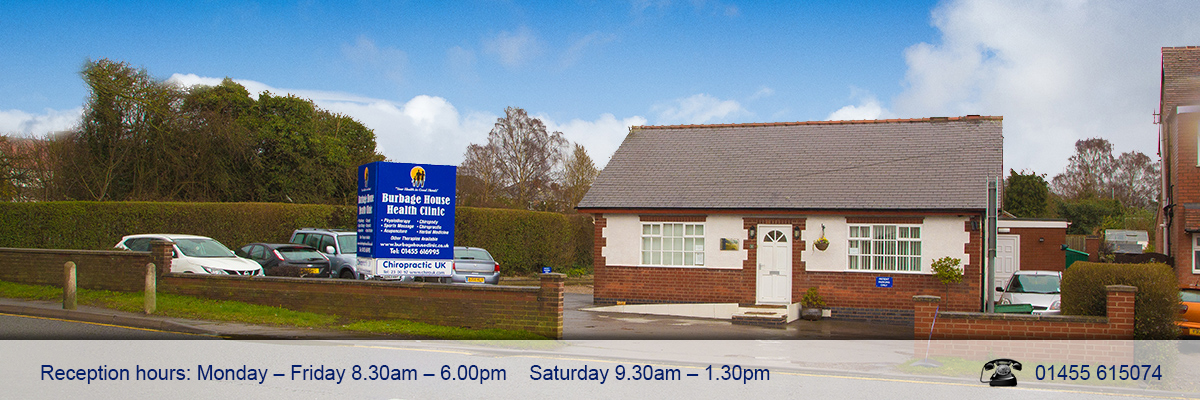Quite possibly, cervicogenic shoulder pain is generally under-diagnosed. In chiropractic practice the influence of the joints and nerves of the neck are always considered, and more often than not this is the key to solving shoulder pain.
Symptoms will often include a low-level ache, or burning pain on the inside border of the shoulder blade, and a sharp pain or burning at the front edge of the shoulder. Additionally there can be an occasional ache to the upper arm, or even down to the forearm. Other nearby areas can sometimes be affected too, with an ache into the neck or chest. The shoulder can feel weak or restricted with certain movements like reaching or putting your arm behind your back. Occasionally pins & needles and/or numbness in the hand can accompany the shoulder discomfort. Achieving a comfortable sleeping position and driving position becomes particularly tricky.
Sound familiar? You may already have been diagnosed with a ‘rotator cuff muscle tear’, or ‘shoulder impingement’ or ‘shoulder bursitis’. These are common diagnoses, but they can describe the result of cervicogenic shoulder pain, not the cause. The rotator cuff muscles will only tear with a direct injury, if you haven’t strained your shoulder then the question is: are the muscles actually torn and if not then why aren’t they working properly? Equally why would a shoulder suddenly ‘impinge’ or why would the bursa (fluid sack in the shoulder joint) suddenly inflame without a specific injury?
If there has been no trauma to the shoulder then consider cervicogenic shoulder pain – meaning literally ‘shoulder pain that originates in the neck’. There may be no pain in the neck, but your chiropractor can tell you whether there is a problem or restriction here that is linked to shoulder pain. I like shoulders! They usually improve quickly and fully when the influence of the neck joints and nerves are considered, even if the problem has been there for years!

